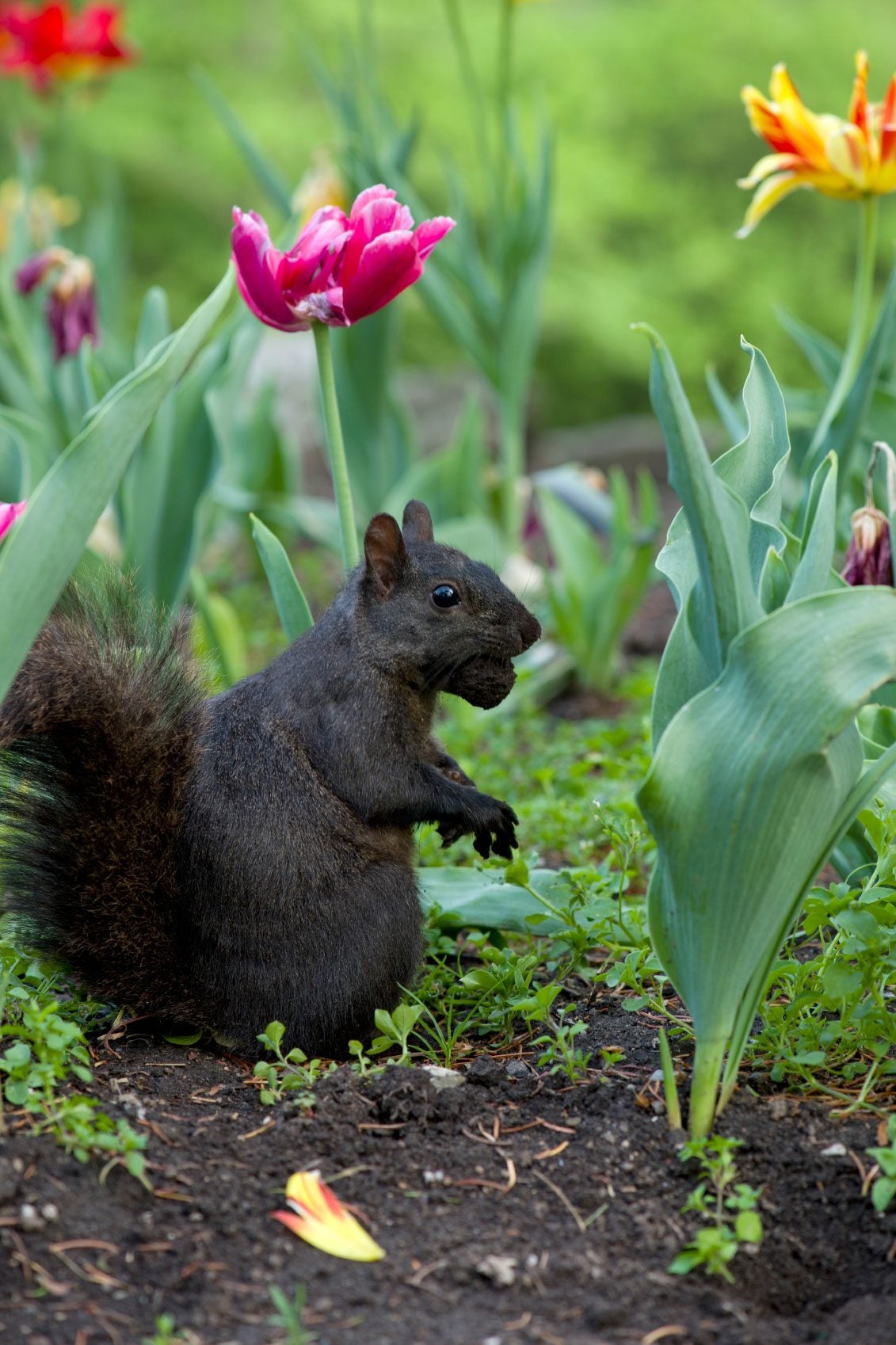Tips On How To Protect Flower Bulbs From Rodent Damage


There are few things more devastating to a gardener in spring than to find out the dozens (or even hundreds) of flower bulbs they spent hours planting in the fall have disappeared from their garden, a victim of the winter appetite of some rodent. However, this does not have to happen to you. You can take steps to protect flower bulbs from hungry critters. With just a little extra effort, you will not have to worry any longer about whether your spring bulbs will make it through the winter.
What Animals Are You Protecting Bulbs From?
A wide variety of animals will snack on flower bulbs. Most commonly, mice are the issue, but squirrels, chipmunks, voles, and gophers can also be to blame. Oftentimes a gardener will blame moles as well, but moles do not eat the bulbs or roots of plants. More often than not, it's the usual suspects listed above that will use a mole tunnel to make their way to your spring flower bulbs.
How To Protect Flower Bulbs From Animals
There are several ways to protect your bulbs from rodent damage. All of them can be broken down into two categories: barriers or repellents.
Barriers To Protect Bulbs
A barrier to protect your flower bulbs in the winter needs to be put in place when the flower bulbs are planted. In the fall, when planting your spring bulbs, you can choose one of the following methods to help keep your flower bulbs safe over the winter:
- Chicken wire cages - You can use chicken wire to construct a cage that you can place your flower bulbs in. The holes will allow your bulbs' leaves and roots to grow but will keep pesky rodents at bay.
- Add a layer of gravel - place a layer of sharp edge gravel or grit below and above your bulbs when you plant them. Most animals do not like to dig through sharp debris and will avoid going after your flower bulbs.
- Strawberry baskets or yogurt cups - You can recycle strawberry baskets (the green plastic baskets that you buy strawberries in) or punch holes in the bottom of used yogurt cups and place your bulbs inside these. Both of these methods will protect your spring bulbs from underground attacks but can still leave them open to being dug up from above.
Repellents To Keep Rodents From Flower Bulbs
Repellents can work well for flower bulbs that have already been planted. These methods tend to be short term though and will need to be replaced periodically, as time or weather will reduce their effectiveness.
- Blood meal - Blood meal is the standard repellent for flower bulbs, as it not only helps to keep away small rodents, but also helps to add nutrients to the soil. One negative about using blood meal is that it can attract other unwanted animals, like raccoons or skunks.
- Predator animal hair or urine - Spreading around the hair or urine from animals can help add the smell of a predator to the area, which will help ward off small rodents. You can use human, dog, or cat hair or urine. Human hair can be obtained from beauty salons, dog hair from dog groomers, and cat urine can be found by spreading used kitty litter around where your bulbs are planted.
- Chili pepper - Powdered or liquid chili pepper can help deter rodents from dining on your flower bulbs. Sprinkle the area over your bulbs liberally with this fiery stuff to keep rodents away.
- Plant un-tasty bulbs - Most rodents will avoid eating daffodils, snowflakes, snowdrops, fritillaries, allium, and squill. You can plant only these or try interplanting the unpalatable bulbs with the more vulnerable bulbs like tulips, crocus, and gladioli.
Sign up for the Gardening Know How newsletter today and receive a free copy of our e-book "How to Grow Delicious Tomatoes".

Heather Rhoades founded Gardening Know How in 2007. She holds degrees from Cleveland State University and Northern Kentucky University. She is an avid gardener with a passion for community, and is a recipient of the Master Gardeners of Ohio Lifetime Achievement Award.